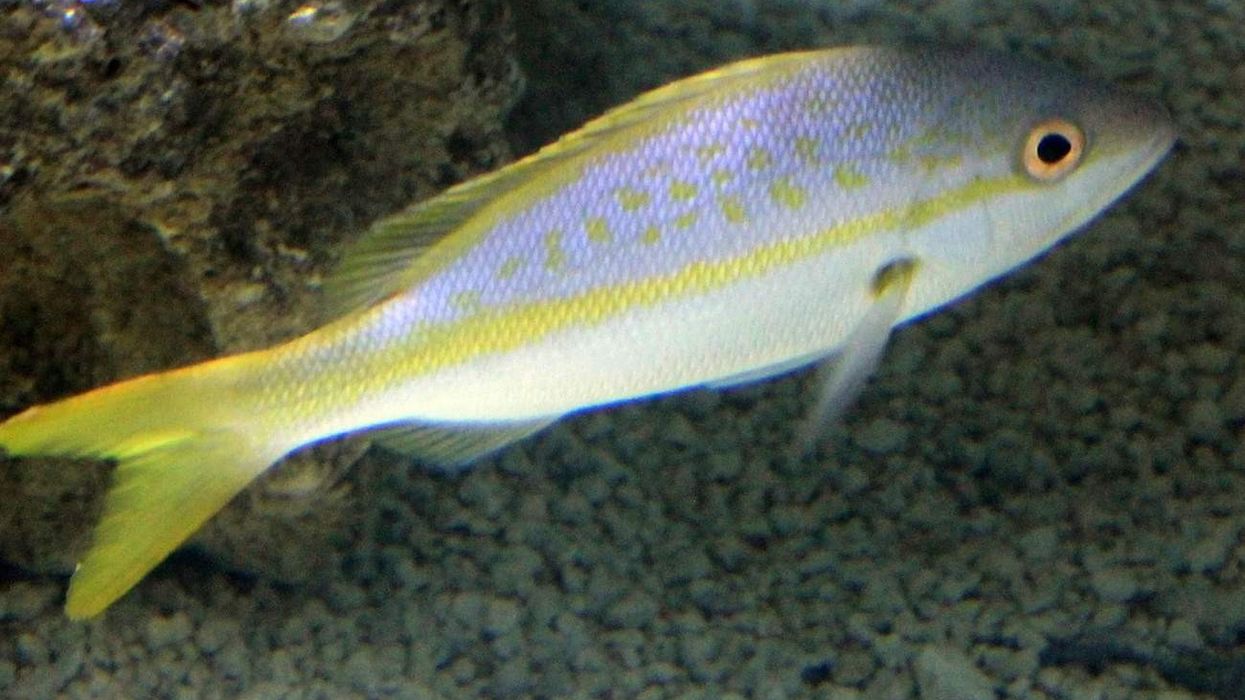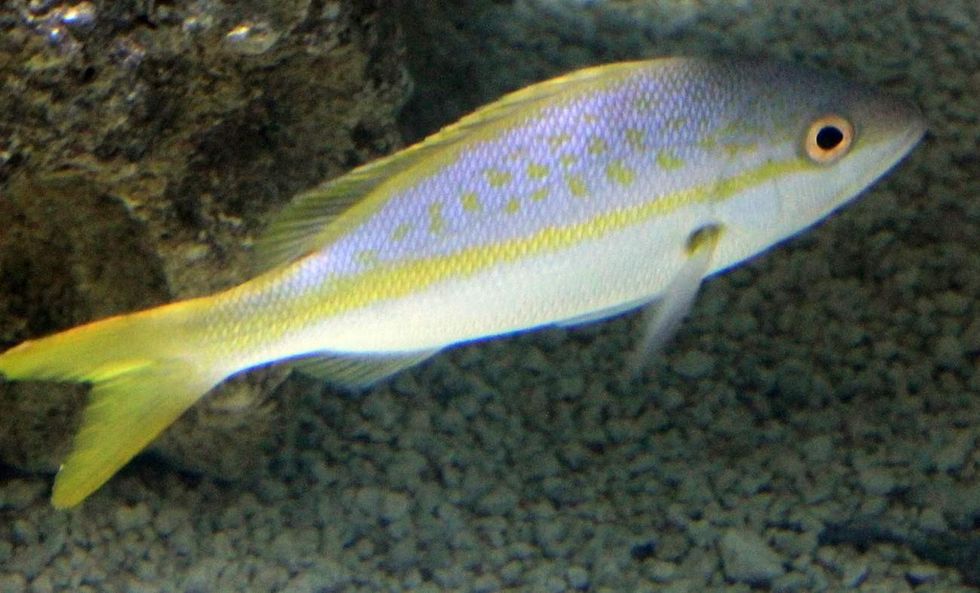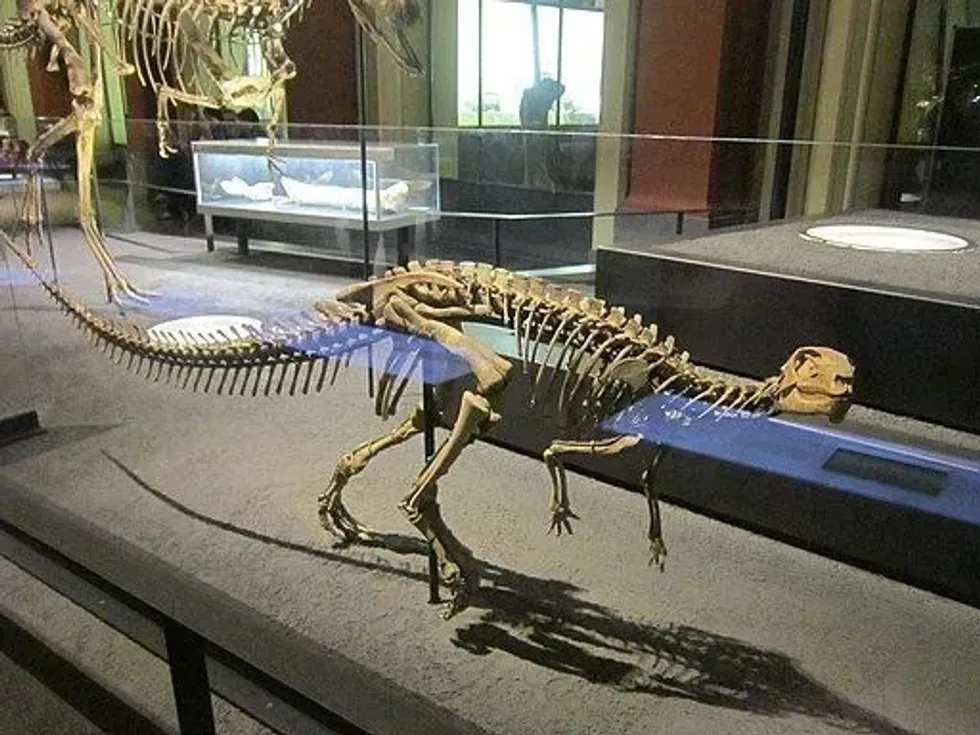The yellow rail (Coturnicops noveboracensis) belongs to the gruiformes order and rallidae family. It is found in the regions of North Dakota, Minnesota, British Columbia, Mexico, North Carolina, Louisiana. These birds of North America have different nesting sites in summer and winters.
They have a wingspan of around 11 in (27.5 cm). This species from North America sometimes forages on surface water for food.
This bird species is not as fast as the woodpecker but also not as slow as the woodcock. These are polygamous birds that have more than one mate. These birds use visual, auditory, chemical, and tactile methods for communication.
The preferred habitat for these birds is present across marsh vegetation, wetland vegetation, wet meadows, and shallow marshes. Here are some of the most interesting facts about the Coturnicops noveboracensis (yellow rail). Afterwards, do have a look at our other articles on king rail facts and clapper rail facts.
Yellow Rail Interesting Facts
What type of animal is a yellow rail?
A yellow rail (Coturnicops noveboracensis) is a North American marsh bird. They are wild birds native to North America.
What class of animal does a yellow rail belong to?
A yellow rail (Coturnicops noveboracensis) belongs to the bird class of animals. This bird species belongs to the order gruiformes and family rallidae.
How many yellow rails are there in the world?
The population trends of the North American yellow rails, of the rallidae family, show that there are 12,000 breeding individuals in the world of this bird species present across their habitat region. Hence, it is extremely important to ensure the conservation status of their population.
Where does a yellow rail live?
A yellow rail bird lives in the wetlands and great plains. They are found in marshes both saltwater and regular. Their habitats have short vegetation such as grasses.
What is a yellow rail's habitat?
A yellow rail (Coturnicops noveboracensis) habitat consists most commonly of marshlands. In summers, this species is found in shallow marshes, large wet meadows. There are sedges and grasses in their summer habitats.
In winters, they are found in coastal salt marshes, damp meadows near coasts. Their winter habitats have spartina and rice fields. They prefer shorter vegetations over longer ones.
Who do yellow rails live with?
The yellow rails live in packs with birds of their own species.
How long does a yellow rail live?
A yellow rail, of order Gruiformes, has a short lifespan. They can live for a life span of up to five to nine years.
How do they reproduce?
The breeding season of the yellow rails (Coturnicops noveboracensis) occurs once a year. They reach sexual maturity at the age of one year. Breeding pairs are formed on the breeding grounds. Males attract females for mating.
Females lay eggs in their nests. These nests are situated on the ground or a few centimeters above. The clutch size of this species is seven to ten eggs. The incubation period of these eggs is 17-18 days and the fledging period is 35 days.
What is their conservation status?
The conservation status of the yellow rail (Coturnicops noveboracensis) is that of Least Concern across its range of habitat. Hence, no conservation efforts are required for preservation of their population.
Yellow Rail Fun Facts
What do yellow rails look like?
Yellow rails have a brownish yellow plumage. They have streaks and crossbars on their upper parts. These streaks on the upper parts are black and white in color. Their face is of a yellow color; so are their breasts.
These birds have a dark smudge on their cheeks. Their bills are yellowish in color. They have white underwings. Their legs are gray colored. They have a medium sized wingspan which makes flight easy.

How cute are they?
Yellow rails (Coturnicops noveboracensis) are not very cute. These are kind of ugly species of birds. Their color combination is not that great. Since they live in the marshes they are always muddy looking. They do not have a beautiful appearance.
How do they communicate?
Yellow rails have a number of methods for communication. Males raise their wings while establishing their territory. This species makes a ticking sound to make everyone aware of predators. They use chemical signals called pheromones to perceive information about their surroundings.
How big is a yellow rail?
A yellow rail (Coturnicops noveboracensis) is a small sized marsh bird. Its length lies in the range of 5.1-7.1 in (12.9-18 cm). The length of its body is at least twice its height. The wingspan of this species is in the range of 11 in (27.9 cm). Yellow rails are five times bigger than a butterfly.
How fast can a yellow rail fly?
A yellow rail has a swift flight. The exact flying range of its species has not been recorded yet by scientists.
How much does a yellow rail weigh?
A yellow rail is a small sized bird. Hence, it has very little weight. The average weight of this species lies in the range of 1.8 oz (51 g). These birds weigh between the range of 1.4-2.4 oz (39.6-68 g).
What are the male and female names of the species?
Males of the yellow rail species are called cocks and females of the yellow rail species are called hens.
What would you call a baby yellow rail?
A baby yellow rail is called a chick.
What do they eat?
Yellow rails (Coturnicops noveboracensis) are carnivorous species of birds. They fly down on the ground to collect their food. They feed on seeds, nuts and grains and they prey on worms, insects, mollusks, arthropods, aquatic crustaceans, snails.
Are they poisonous?
Yellow rails are not poisonous birds. If they attack humans their claws and beaks can cause scratches. There is a possibility that the scratches get infected. But that is due to external factors. These birds themselves are not poisonous.
Would they make a good pet?
Yellow rails are private birds. They like to hide from others. They do not do well in the presence of others. .
Did you know...
The National Audubon Society has done thorough research on these birds and has pointed out that it is found in coastal salt marsh during the winter season.
In terms of appearance, the Sora birds are 7.5–11.8 in (19–30 cm) long, with brown upperparts and blue-gray face and underparts.
How high can they fly?
Yellow rails are lazy flyers. They do not often take flight. They fly only when in search of food and water. Hence, their flying range has not yet been determined.
What do yellow rails sound like?
The Virginia rail calls are usually heard in patterns of twos and threes. Their calls sound like someone is rubbing two smooth rocks on each other. They make a clicking sound.
Here at Kidadl, we have carefully created lots of interesting family-friendly animal facts for everyone to discover! For more relatable content, check out these black-capped chickadee facts and killdeer facts for kids!
You can even occupy yourself at home by coloring in one of our free printable yellow rail coloring pages.









